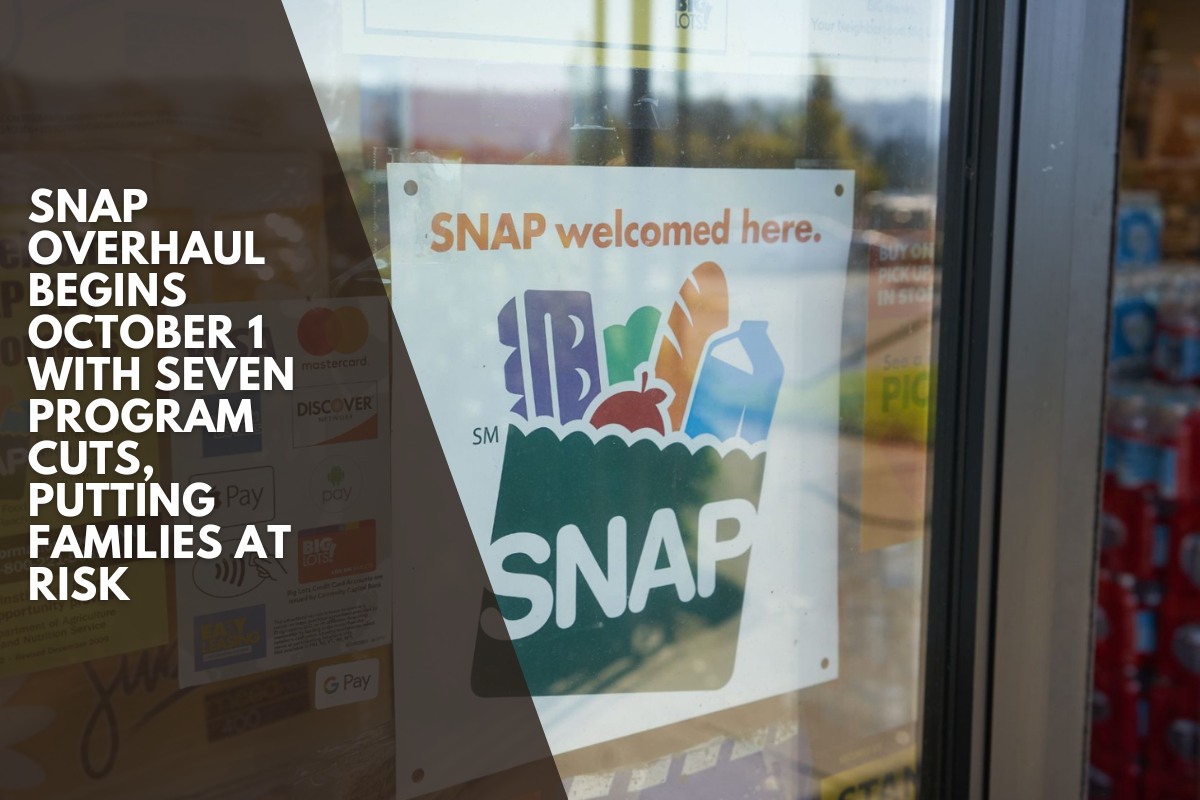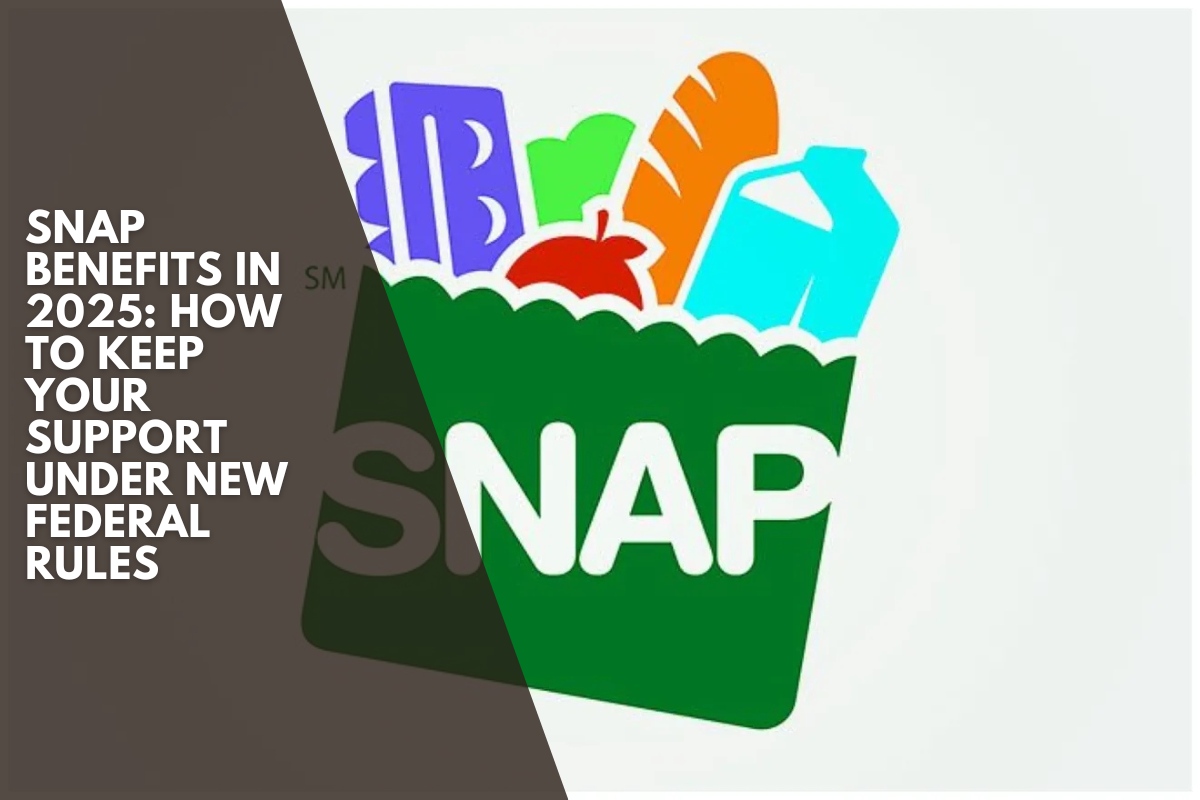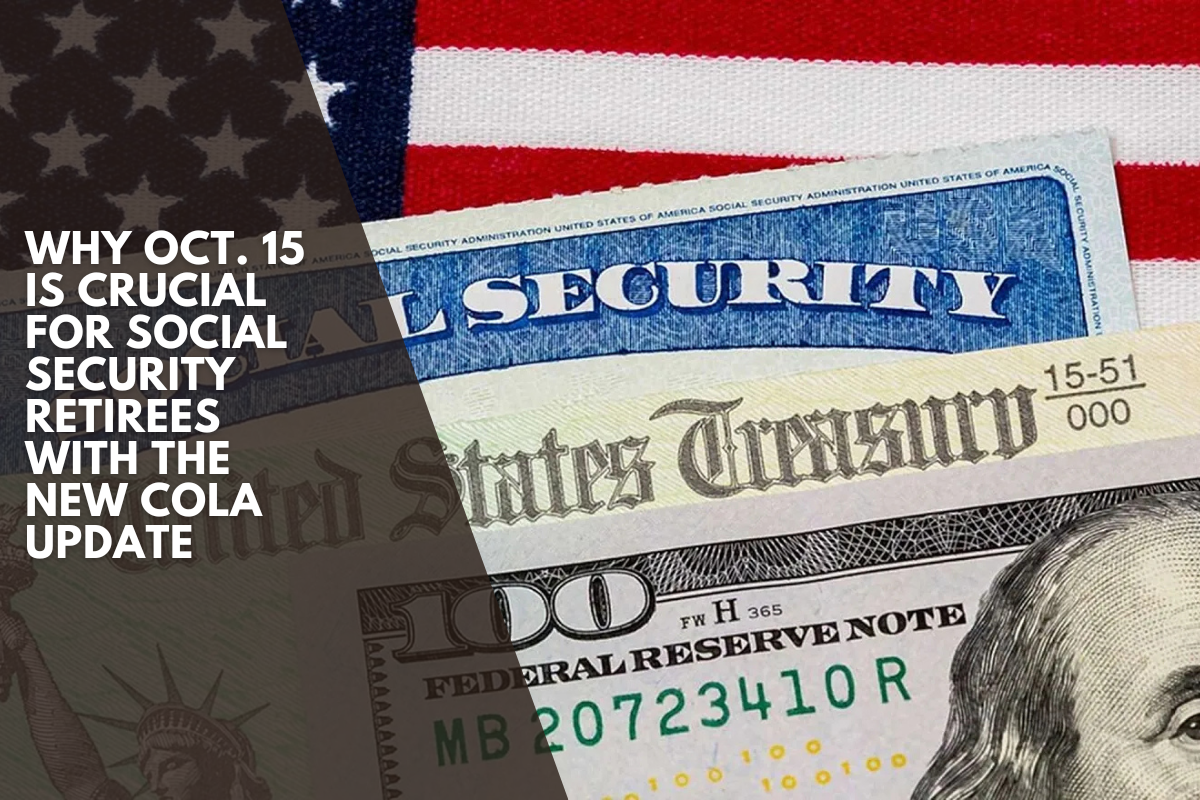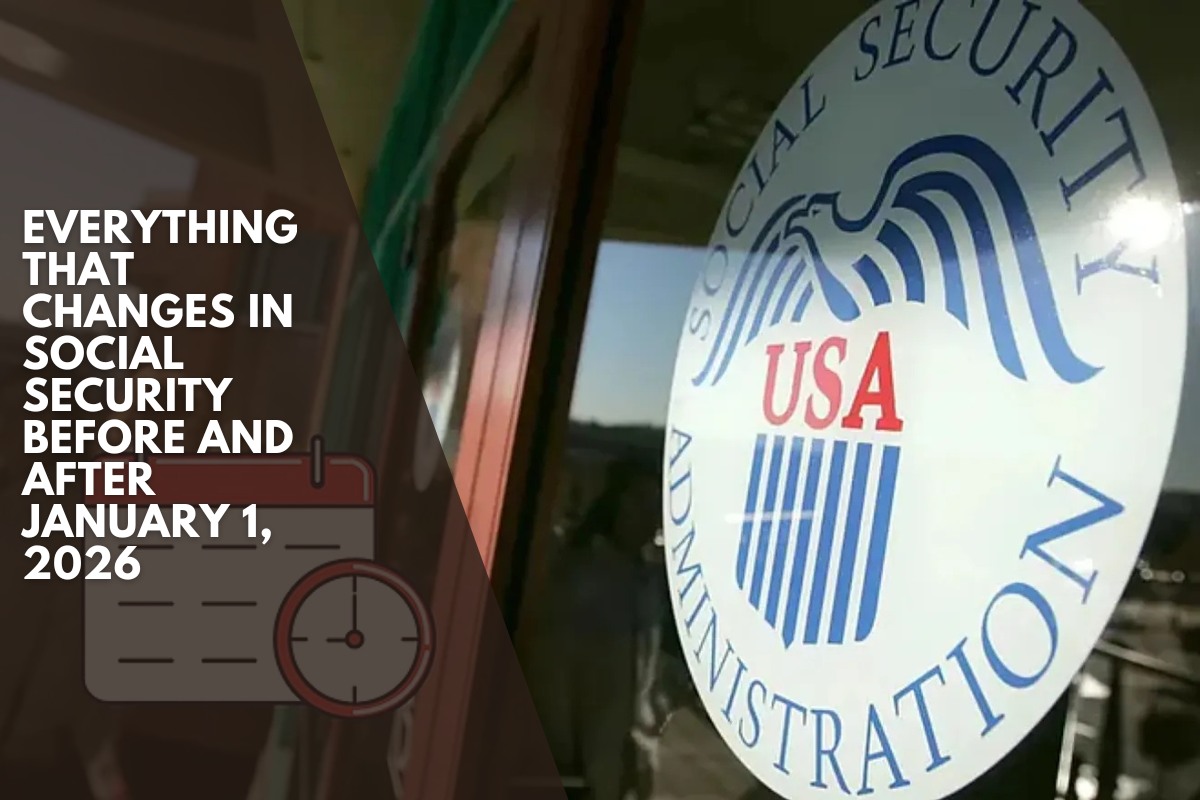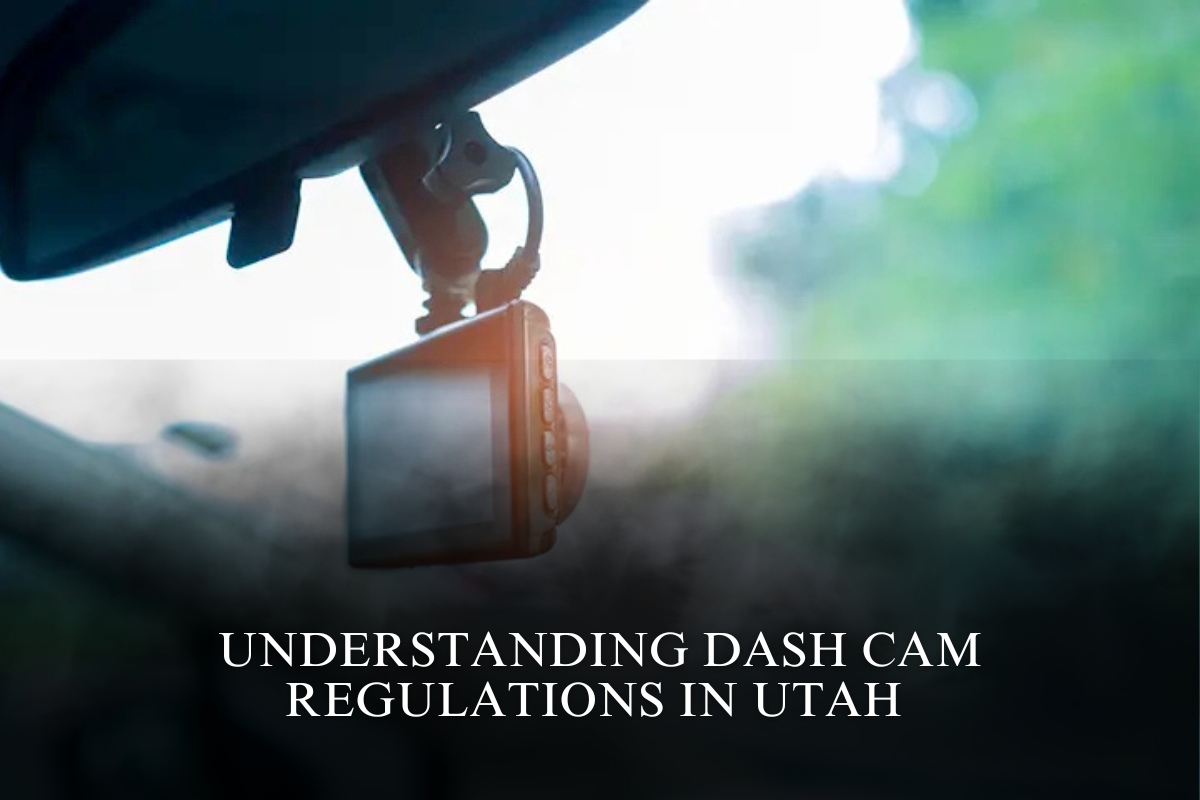New York residents grappling with rising costs can finally look forward to tangible relief. Governor Kathy Hochul’s 2025-2026 state budget has approved the New York Inflation Relief Rebate Program, returning approximately $3 billion in excess sales tax revenue to over 8 million eligible taxpayers.
This initiative, a key element of the Governor’s 2025 agenda, directly addresses the 25%+ surge in grocery prices since 2019—a burden that has unintentionally swelled state coffers through higher sales tax collections. Essentially, Albany is offering a lifeline to households struggling with the ongoing economic pressures.
New York’s Inflation Refunds Confirmed in 2025
The rebate is a major part of a broader strategy aimed at reducing the cost of living in New York. In addition to inflation rebates, the state is implementing middle-class tax cuts, expanding child tax credits, and providing universal free school meals.
By recycling revenue generated from inflation-driven sales tax increases, New York acknowledges the day-to-day financial strain felt by its residents at the gas pump and grocery checkout. The distribution of these rebates will begin in mid-October 2025, and there is no application required—a simplified process that prioritizes accessibility for all taxpayers.
Rebate Amounts Based on Filing Status and Income
The amount of the rebate depends on your filing status and your 2023 New York Adjusted Gross Income (AGI). Here’s a breakdown:
Single Filers:
Income ≤ $75,000: $200 rebate
Income $75,001 – $150,000: $150 rebate
Married Filing Jointly:
Income ≤ $150,000: $400 rebate
Income $150,001 – $300,000: $300 rebate
Head of Household:
Income ≤ $75,000: $200 rebate
Income $75,001 – $150,000: $150 rebate
Qualifying Surviving Spouse:
Income ≤ $150,000: $400 rebate
Income $150,001 – $300,000: $300 rebate
Timetable for Stimulus Check Distribution
The New York State Department of Taxation and Finance will start mailing these rebates in mid-October 2025, continuing through November due to the high volume of 8 million+ checks. There’s no action required on your part—paper checks will be sent to the address you used when filing your 2023 tax return. Direct deposit will be used for a limited number of taxpayers.
Please note: the state is not providing ZIP-code sequencing or status updates via call centers at this point. However, you can check your qualifications or track delivery progress through tax.ny.gov using your SSN and 2023 tax details. For more complex cases, you can contact 518-457-5181. Please do not expect early checks, as processing follows specific internal protocols.
Regional Distribution of Inflation Refunds
The distribution of these inflation refunds will be spread out across various regions in New York, with the following confirmed numbers of households and children supported:
New York City: 740,000 households, supporting 1.2 million children
Long Island: 215,000 households, supporting 355,000 children
Mid-Hudson: 180,000 households, supporting 330,000 children
Western New York: 118,000 households, supporting 207,000 children
Finger Lakes: 104,000 households, supporting 180,000 children
Capital Region: 86,000 households, supporting 145,000 children
Central New York: 67,000 households, supporting 116,000 children
Southern Tier: 51,000 households, supporting 89,000 children
Mohawk Valley: 43,500 households, supporting 76,500 children
North Country: 35,000 households, supporting 61,000 children
These inflation refunds are expected to help reduce child poverty in New York by between 8.2% and 17.7%.
Child Tax Credit Expansion: A Game-Changer
The New York Child Tax Credit overhaul, which was initially proposed by Governor Hochul in January 2025, is now in full swing. The expanded program will target 1.6 million households statewide, helping nearly 3 million children.
If you have a child under the age of 4, you can receive up to $1,000 per child starting this year. By 2026, this amount will be reduced to $500 per child aged 4-16. What makes this change truly revolutionary is that the credit is fully refundable, meaning even if your tax bill is zero, the money will still be deposited directly into your bank account.

